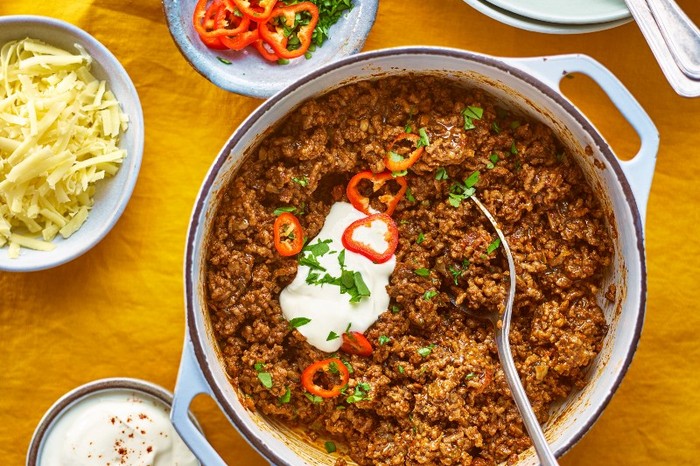When it comes to cooking, the choice between beef and pork can significantly impact the flavor, texture, and overall success of your dish. Both meats offer unique characteristics and culinary applications, making them versatile choices in various cuisines. Understanding the differences between beef and pork will help you make the right selection for your recipe. Here’s a detailed guide to help you decide.
1. Flavor Profiles
- Beef: Known for its rich, robust flavor, beef can vary widely depending on the cut. Grass-fed beef tends to have a more pronounced flavor compared to grain-fed beef. Cuts like ribeye and sirloin are particularly flavorful due to their marbling.
- Pork: Pork offers a slightly sweeter and milder flavor compared to beef. Different cuts can vary in taste and texture, with options like pork belly providing a rich, fatty flavor, while tenderloin offers a leaner taste.
2. Texture and Cooking Methods
- Beef: Depending on the cut, beef can range from very tender (like filet mignon) to tougher cuts (like chuck roast). Cooking methods vary:
- Grilling: Best for steaks (ribeye, T-bone).
- Roasting: Ideal for larger cuts (prime rib, brisket).
- Braising: Works well for tougher cuts that benefit from slow cooking (chuck, short ribs).
- Pork: Generally more tender than beef, but tougher cuts like pork shoulder require longer cooking times. Popular cooking methods include:
- Roasting: Great for whole cuts (pork loin, pork tenderloin).
- Grilling: Perfect for ribs and chops.
- Slow Cooking: Ideal for pulled pork from shoulder cuts.
3. Health Considerations
- Beef: Typically higher in saturated fat, which can impact heart health if consumed in excess. Lean cuts, such as sirloin or tenderloin, can be a healthier choice.
- Pork: Generally lower in fat compared to beef, especially in lean cuts like pork loin. However, some cuts like bacon and ribs can be high in fat and calories.
4. Nutritional Profile
Both meats are excellent sources of protein, vitamins, and minerals:
- Beef: High in iron, zinc, and B vitamins (especially B12).
- Pork: Also a good source of B vitamins (particularly thiamine) and selenium.
5. Culinary Applications
- Beef: Commonly used in stews, burgers, steaks, and stir-fries. It pairs well with strong flavors, making it perfect for dishes featuring robust spices, garlic, and red wine.
- Pork: Versatile in cuisines worldwide, used in dishes like barbecue, sausages, and Asian stir-fries. It pairs well with sweet and fruity flavors, such as apple, pineapple, and maple.
6. Popular Cuts Comparison
- Beef Cuts:
- Ribeye: Rich, tender, and marbled; perfect for grilling.
- Brisket: Tough cut that becomes tender when smoked or braised.
- Filet Mignon: Extremely tender and mild-flavored; great for special occasions.
- Pork Cuts:
- Pork Tenderloin: Lean and tender; ideal for roasting.
- Pork Shoulder: Best for slow cooking and shredding for sandwiches.
- Baby Back Ribs: Tender and flavorful; perfect for grilling and smoking.
7. Cooking Tips
- Beef: For steaks, let them rest before slicing to retain juices. Use a meat thermometer to ensure proper doneness (e.g., 130°F for medium-rare).
- Pork: Always cook pork to a minimum internal temperature of 145°F to ensure safety. Rest before slicing to keep it juicy.
Conclusion
Choosing between beef and pork depends on the dish you’re preparing, the desired flavors, and your health considerations. Both meats have their unique qualities and best applications, so consider the recipe, cooking method, and your personal preferences when making your decision. Whether you opt for a juicy steak or succulent pork ribs, both options offer delicious possibilities for your meals.




